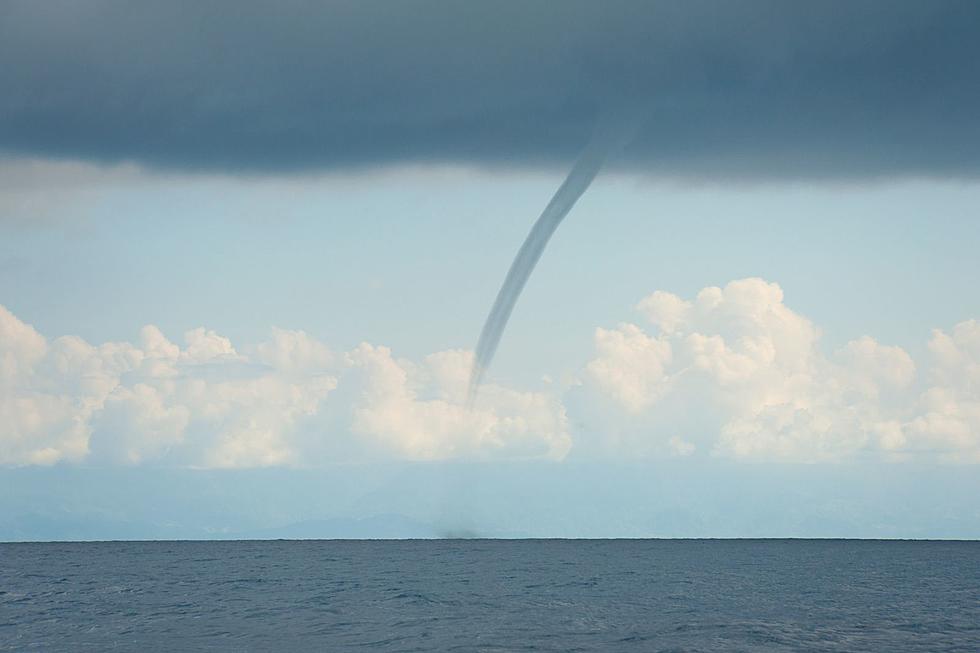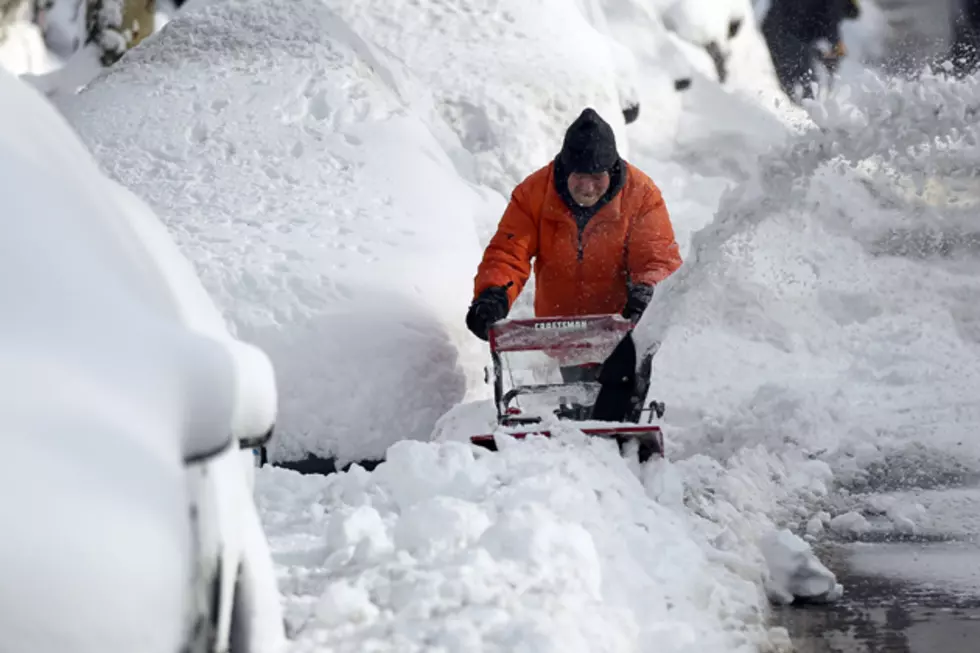
The SouthCoast Has Seen Snow This Late in the Year Before
The weather wizards posted a frost advisory for the SouthCoast overnight Wednesday into Thursday morning. Fortunately, it was a false alarm, but don't get too cocky because it isn't over for the region just yet. Believe it or not, there could still be some wintry weather ahead for us before all is said and done.
I know, the birds are back, so what could happen? I have finches and red-winged blackbirds galore. The flowers are up, and leaves have appeared on the trees, shrubs, and bushes. It can't snow again, can it? Well, it can, and it has snowed later than this. Much later than this.
Could it be that some of you are not acquainted with the May snowstorm of 1977? To quote Sam the Snowman, "Well, pull up an ice block and lend an ear!"

It has been dubbed "The Mother's Day Blizzard," a rare May snowfall. The Farmers' Almanac says it was the "only case of measurable snowfall in the month of May in the 20th Century" here in the Northeast. It happened May 8-9, 1977.
The Almanac says Worcester picked up nearly 13 inches of snow while Providence got 7.5 inches. The Catskills in New York State recorded 27 inches of snow.
The storm began as heavy, cold rain. The trees already had leaves that were soaked by the rain and when the temperature dropped below freezing, everything became encased in ice.
And then it snowed.
In New Bedford, it was mostly an ice storm. Heavy ice-covered branches and power lines all came crashing down under the weight of the ice. Power was out for several days.
I was working scooping ice cream at Newport Creamery on Route 6 across the street from Buttonwood Park at the time. Needless to say, there was no work for a couple of days. Who would have wanted ice cream anyway?
The Mother's Day Blizzard of 1977, 45 years ago, is a reminder that it just like Yogi Berra said, it ain't over until it's over and it ain't necessarily over just yet.
LOOK: The most expensive weather and climate disasters in recent decades
TIPS: Here's how you can prepare for power outages
KEEP READING: Get answers to 51 of the most frequently asked weather questions...
More From WFHN-FM/FUN 107









